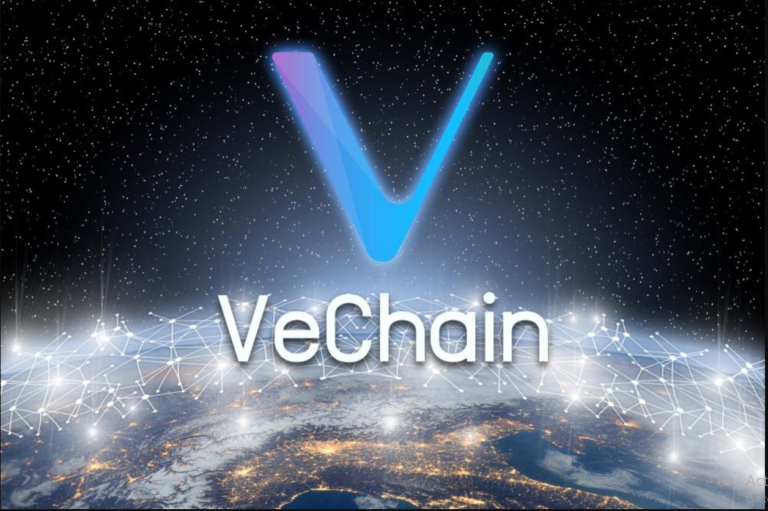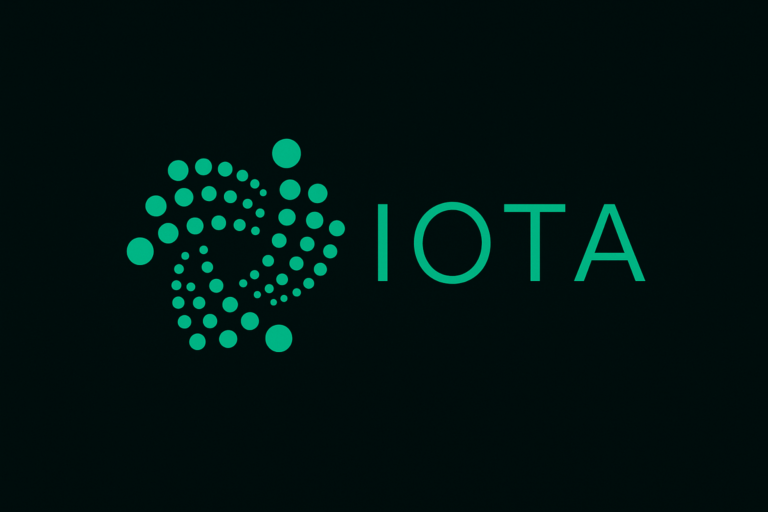
In a move that could significantly reshape how traditional finance interacts with digital assets, global banking heavyweight Banco Santander SA is reportedly eyeing a broader crypto strategy. The Spanish banking giant is considering launching its own stablecoin and offering crypto-related services to retail customers — a notable departure from the caution most legacy banks have shown in the past.
According to a Bloomberg report dated May 29, Santander’s stablecoin project is still in its early stages, but the bank is weighing the issuance of both dollar- and euro-pegged digital tokens. If realized, these assets would likely be positioned to compete with other institutionally-backed stablecoins in the growing race to modernize global payments infrastructure.
This development is part of a broader trend. Major banks — including JPMorgan, Bank of America, Citigroup, and Wells Fargo — are actively exploring stablecoin issuance following recent regulatory signals that suggest a friendlier U.S. policy stance toward digital assets under President Donald Trump’s administration.
Why Stablecoins Are Getting Bankers’ Attention
At the heart of this shift lies a growing recognition of the potential for blockchain-based tokens to revolutionize how value moves across borders. Stablecoins, which are pegged to fiat currencies like the U.S. dollar or euro, offer the benefits of digital currencies — near-instant settlement, 24/7 availability, and programmability — without the volatility that plagues traditional cryptocurrencies like Bitcoin or Ether.
Supporters argue that stablecoins could supercharge the global payments system, extend financial services to underbanked populations, and even help reinforce the dollar’s dominance in the digital age. For banks, they represent both an opportunity and a threat: a tool to modernize financial products, but also a competitor to their long-standing role as middlemen in the financial ecosystem.
Internal Friction: Not Everyone’s on Board
Despite growing interest among major institutions, the banking sector is far from unified on the stablecoin front. Behind closed doors — and increasingly in public forums — traditional financial powerhouses have expressed deep reservations about the implications of widespread stablecoin adoption.
In particular, the idea of yield-bearing stablecoins — tokens that offer interest-like rewards — has drawn criticism from banking lobbyists and lawmakers alike. Critics argue that if consumers can earn interest from stablecoin providers without relying on traditional savings accounts, there could be a dangerous outflow of funds from local banks. That, in turn, could restrict banks’ ability to lend to households and small businesses — a key pillar of the traditional financial model.
Senator Kirsten Gillibrand echoed this concern during a speech at the DC Blockchain Summit in March 2025, stating, “If stablecoin issuers start offering yield, there’s little incentive left for people to keep their money in a regular bank.” She warned that such a shift could destabilize retail lending markets, particularly in underserved communities.
The Bigger Picture
Austin Campbell, a finance professor at New York University and former stablecoin strategist, recently weighed in on the debate. In a post on X (formerly Twitter), he pointed out that the real fear among banks isn’t just about yield-bearing coins — it’s about competition. “Yield-bearing stablecoins blow up the low-interest model that underpins modern retail banking,” he wrote. He also criticized regulatory efforts that appear to favor the legacy banking system, saying, “When lawmakers limit innovation to protect existing interests, it’s not the public that wins — it’s the billionaires and banking executives.”
What’s Next?
For Santander, the road ahead is far from certain. The stablecoin initiative is still in its exploratory phase, and regulatory hurdles — both in Europe and the U.S. — remain significant. Yet, even this early signal of intent highlights just how much the winds are changing.
As digital finance moves from niche to mainstream, the question is no longer whether traditional banks will engage with crypto, but how deeply and how soon. Santander’s tentative step forward may well be a glimpse into the future of banking — one where stablecoins, not savings accounts, are the cornerstone of everyday finance.




